Description
Surgical curtains are sterile fabric barriers used in operating rooms to create a clean and controlled environment for surgical procedures.
They help to prevent the spread of infection. And act as physical barriers that block the passage of airborne bacteria and other microorganisms between the sterile operating field and the surrounding non-sterile environment.

They also help maintain patient privacy during preoperative preparation, induction of anesthesia, and recovery.
Surgical curtains can help maintain a consistent temperature and humidity within the operating room. This is important for patient comfort and surgical equipment’s proper functioning.
There are two main types of surgical curtains. These are the fixed curtains and mobile curtains.
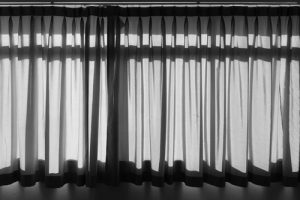
Fixed curtains are permanently installed in the operating room and are typically made of heavy-duty, flame-retardant fabric. They are often used to create walls around the operating table and to separate the sterile field from the non-sterile areas of the operating room.
Mobile curtains are mounted on tracks or trolleys and can be easily moved around the operating room. These curtains are often used to create temporary barriers, such as around anesthesia carts or equipment monitors.

Surgical curtains are an essential part of maintaining a safe and sterile environment for surgical procedures. They play a vital role in preventing the spread of infection, protecting patient privacy, and ensuring the comfort and safety of both patients and surgical staff.
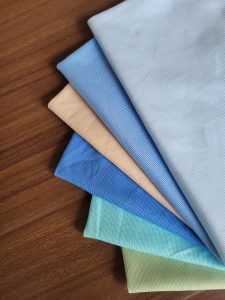
Additional details:
- Surgical curtains are typically made of a polyester or nylon blend fabric that is coated with a special finish that is both water-resistant and antimicrobial.
- They are laundered in a special process that is designed to kill all bacteria and other microorganisms.
- These curtains are inspected regularly for tears or other damage that could compromise their sterility.
The Evolution of Surgical Curtains
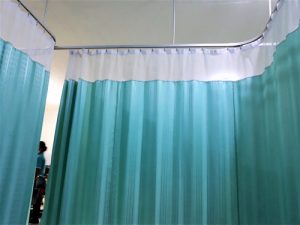
Surgical curtains, those sterile shields draped around the operating field, have undergone a fascinating transformation throughout history, reflecting our evolving understanding of hygiene and surgical needs.
Let’s journey through their remarkable journey:
Early Beginnings: A Veil of Secrecy (19th Century)
- The earliest use of surgical curtains dates back to the 19th century, primarily serving as privacy screens rather than sterile barriers.
- Often made of heavy fabrics like linen or cotton, they shielded patients from onlookers and maintained surgical privacy.
- These rudimentary drapes offered little protection against infections, as the concept of asepsis (germ-free practices) was still in its infancy.
A Sterile Shift: The Lister Revolution (Late 19th Century)
- The pioneering work of Joseph Lister in the late 19th century revolutionized surgery by emphasizing the importance of asepsis to prevent surgical infections.
- Lister introduced carbolic acid for sterilization, paving the way for the development of specialized surgical drapes treated with disinfectants.
- These drapes, often made of rubberized fabric, aimed to create a sterile barrier around the wound site, marking a significant step toward infection control.
Innovation of surgical curtains in the 20th century
- The 20th century saw a rapid evolution of surgical curtains, driven by advancements in materials science and surgical techniques.
- Disposable drapes made of lightweight, non-woven fabrics like polyester and polypropylene gained popularity in the 1960s, offering significant advantages:
- Reduced risk of contamination: Disposable drapes eliminated the need for tedious sterilization, lowering the risk of bacteria transfer.
- Improved efficiency: They were quicker to set up and dispose of, streamlining the surgical workflow.
- Enhanced comfort: Lighter and more breathable materials improved patient and surgeon comfort.
- Specialized drapes for various procedures emerged, incorporating features like:
- Adhesive edges to secure drapes and maintain a sterile field.
- Transparent windows for improved visibility of the surgical site.
- Fluid-impermeable layers to protect against surgical fluids.
The Future of Surgical Drapes
- Research is ongoing to develop even more effective and sustainable surgical drapes.
- Antimicrobial fabrics that actively kill bacteria are being explored to further enhance infection control.
- Biodegradable drapes made from plant-based materials are being developed to address the environmental concerns of disposable drapes.
Surgical curtains, once simple privacy screens, have become sophisticated tools for maintaining a sterile environment and protecting both patients and healthcare professionals.
As research and innovation continue, the future of surgical drapes promises even greater advancements in safety, efficiency, and sustainability.
Key Features of Surgical Curtains Today
Choosing the right surgical curtains is crucial for maintaining a sterile and safe environment in operating rooms. Here are some key features to consider:
Choosing the right fabric for surgical curtains
Opt for a tightly woven polyester or nylon blend fabric coated with a special finish. This ensures:
- Durability: Withstands abrasion, tears, and punctures during surgery.
- Fluid-resistance: Repels blood, bodily fluids, and cleaning solutions.
- Visual control: They create a visual barrier, allowing the surgical team to focus on the operation without distractions from onlookers or other activities in the vicinity.
- The presence of curtains can provide a sense of security and comfort for patients, reducing anxiety and stress during surgery.
Antimicrobial properties
Anti-microbial properties Inhibit the growth of bacteria and other microorganisms.
Sterility of surgical rooms
The sterility of surgical rooms is paramount in preventing surgical site infections (SSIs), which can have devastating consequences for patients. Maintaining a sterile environment involves a multi-pronged approach encompassing various aspects of the operating room and surgical procedures.
These include pre-operative preparation, thorough cleaning, and disinfection. Walls, floors, furniture, and equipment are meticulously cleaned and disinfected using approved methods and solutions before each surgery.
- Air filtration and ventilation: HEPA filters and controlled air circulation systems help minimize airborne contaminants.
- Look for curtains pre-sterilized using validated methods like ethylene oxide gas sterilization.
- Opt for curtains that can be laundered in a special process approved for maintaining sterility.
Functionality of surgical curtains
Choose between fixed surgical curtains for permanent barriers and mobile curtains for flexibility. Choosing the most functional surgical curtains requires considering several factors specific to your needs and operating room setup.
Assess Your Needs
Laparoscopic procedures might require lightweight, mobile curtains with fenestrations for instrument access, while open surgeries might need larger, fixed, non-fenestrated curtains for complete sterility.
U-shaped rooms might benefit from curved curtain tracks for better fit around equipment, while L-shaped rooms might need flexible mobile curtains for easy maneuvering.
Additional features
- Fenestrated curtains have windows for instrument access, while non-fenestrated ones offer complete sterility. Choose based on your surgical needs.
- Reinforced seams and stress points ensure durability and prevent tears in critical areas.
- Lightweight curtains with good drapes provide ease of movement and maintain sterility.
- Anti-static properties reduce the risk of static electricity buildup, which can attract airborne contaminants.
- Consider color options (aesthetics) that promote a calm and professional environment.
Beyond these features, remember to:
- Comply with relevant regulations and standards by checking with your healthcare facility for specific requirements.
- Choose Wallpaper Kenya to ensure the curtains are produced and packaged in a controlled environment.
- Consider your budget because different materials, features, and brands can vary in price.
- Consult with healthcare professionals like surgeons and infection control specialists for specific recommendations.
- Prioritize patient safety and sterility above all else.
- Choose reputable manufacturers and consider product certifications for quality and safety.
Here’s a handy table summarizing the key points:
| Feature | Laparoscopic Surgery | Open Surgery |
|---|---|---|
| Curtain type | Mobile, Fenestrated | Fixed, Non-fenestrated |
| Size | Large, Medium | Large, Extra-Large |
| Material | Lightweight, Breathable | Heavy-duty, Flame-retardant |
| Key features | Easy to reposition, Instrument access | Sterile field, Fluid-resistant |
By carefully considering your needs and prioritizing functionality, sterility, and safety, you can choose the most effective surgical curtains for your operating room.
Where surgical curtains might be unavailable
Surgical curtains are considered imperative in almost all surgical settings, with very few exceptions where their absence might be tolerated.
Emergency surgeries
In life-threatening situations where immediate intervention is necessary, setting up curtains might take precious time. Alternatively, sterile drapes or disposable shields might be used to create a temporary sterile field.
Efficiency and organization
Surgical curtains can help to optimize workflow within the operating room. They can be used to create designated areas for different tasks, such as instrument setup or waste disposal, streamlining the movement of personnel and equipment.
This can improve efficiency and minimize disruptions during an emergency. Additionally, disposable curtains can be used to quickly create temporary sterile zones in situations where dedicated operating rooms are unavailable.
However, the use of surgical curtains in emergency surgery can also have some drawbacks.
Limited visibility
Curtains can obstruct the view of the surgical field for some members of the surgical team, potentially hindering communication and collaboration.
Logistical challenges
Deploying and maintaining sterile curtains, especially in fast-paced emergencies, can be time-consuming and require additional personnel.
Cost considerations
Disposable curtains add to the overall cost of surgery, while reusable curtains require regular cleaning and maintenance.
The decision of whether or not to use surgical curtains in emergency surgery should be made on a case-by-case basis, considering the specific needs of the patient, the nature of the procedure, and the available resources.
In some situations, alternative methods for maintaining sterility and privacy, such as portable sterile barriers or designated sterile zones, may be more suitable. Ultimately, the goal is to create a safe and efficient environment for emergency surgery while ensuring patient privacy and dignity.
Limited resources
In resource-constrained settings, access to clean and suitable curtains might be limited. However, even makeshift curtains using clean sheets or blankets are preferable to no barrier at all.
Specific surgical techniques
Choosing the right surgical curtains for your operating room depends heavily on the type of surgery and the specific needs of the space.
In some highly specialized procedures, like robotic surgery, the equipment itself might create a physical barrier, potentially negating the need for traditional curtains.
Overall, the absence of surgical curtains should be considered an exceptional circumstance. And be carefully weighed against the potential risks of infection and compromised sterility.
Every effort should be made to find alternative solutions, even temporary ones, to ensure the safety and well-being of both patients and the surgical team.
Other classes of surgical curtains
Surgical curtains, also known as surgical drapes, can be classified in several ways depending on the criteria used.
Universal surgical drapes
These are large, rectangular drapes used to cover a general surgical field. They come in various sizes to accommodate different procedures.
Split Drapes
These drapes are divided into two or more sections, allowing for easy access to different parts of the body during surgery. They are often used for procedures like cesarean sections and orthopedic surgeries.
Incision Drapes
These small drapes are placed directly around the surgical incision to create a sterile barrier.
Extremity surgical curtains:
These drapes are designed to cover and isolate limbs during surgery.
Reusability of surgical curtains
Reusable Drapes
These drapes can be sterilized and reused multiple times.
Disposable Drapes
These drapes are designed for single use and are discarded after surgery.


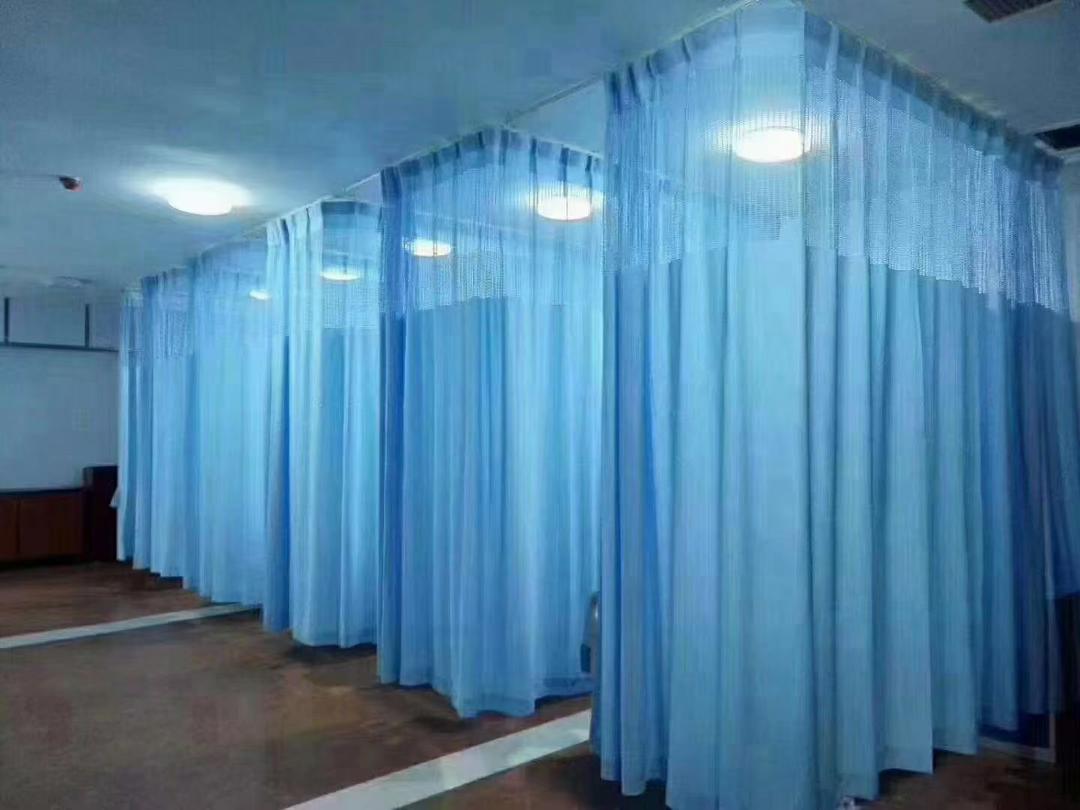
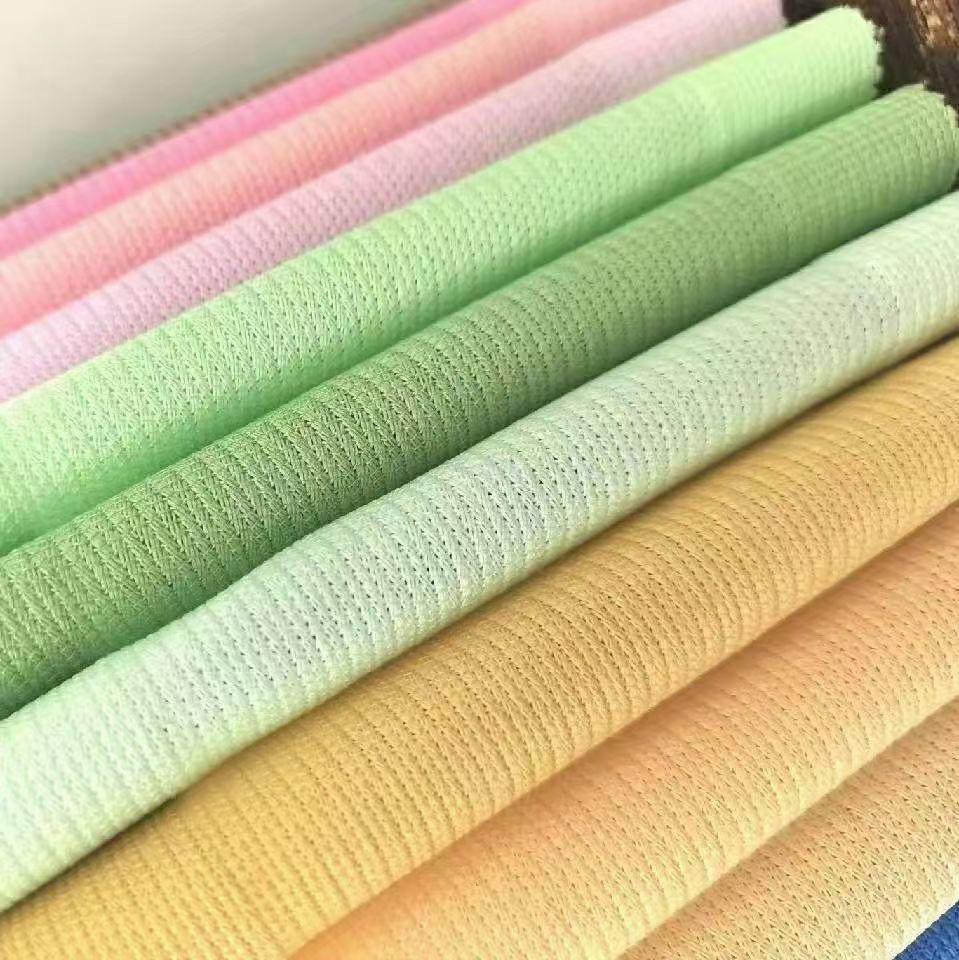

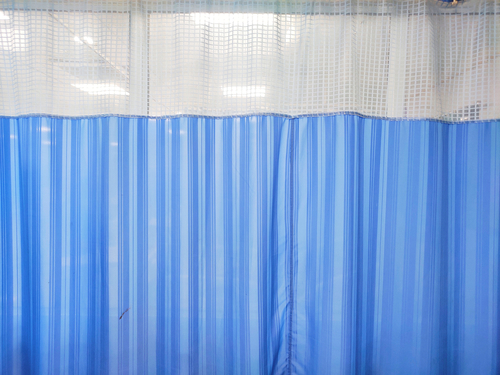
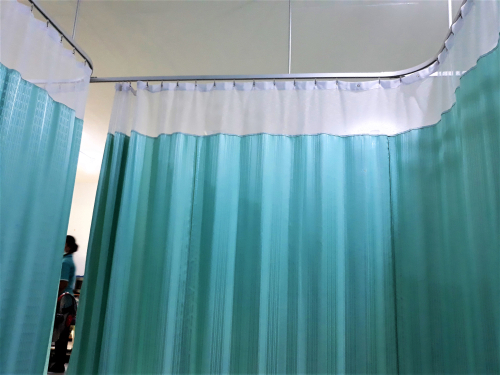
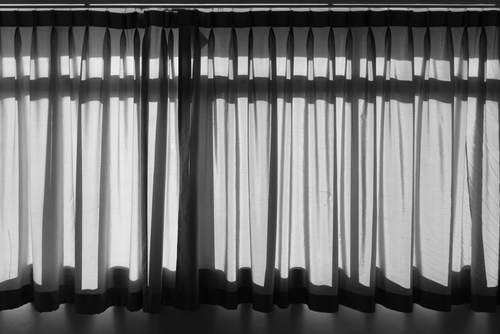


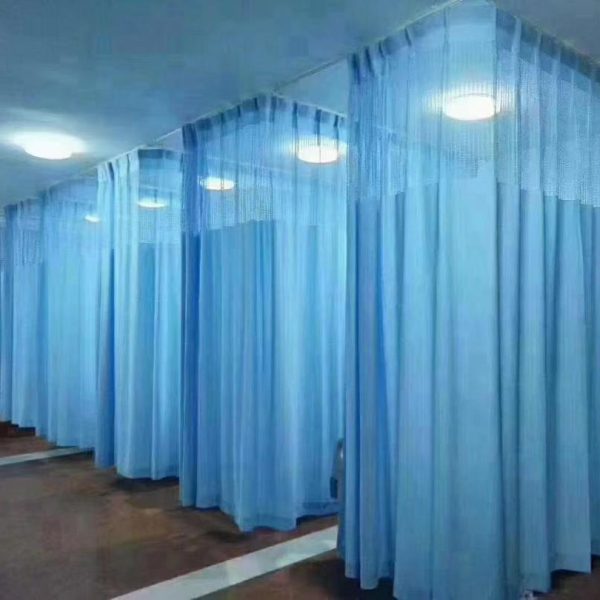
Reviews
There are no reviews yet.